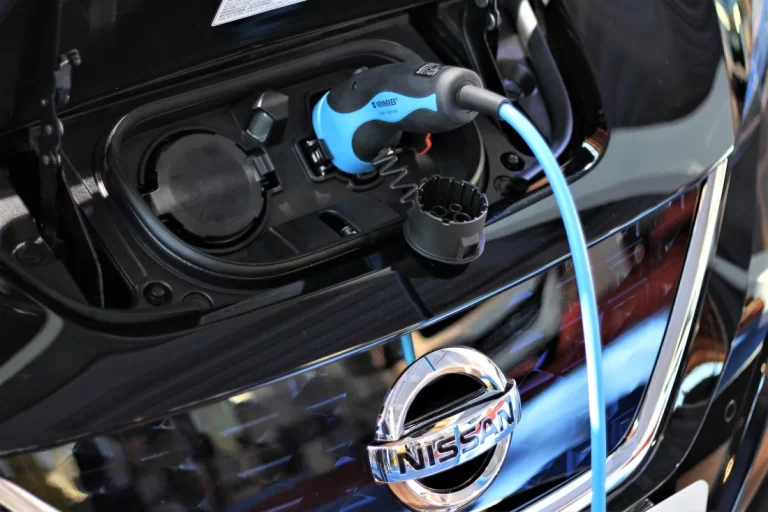The rising petrol prices in Jordan are boosting the sales of electric vehicles. The other factors that are driving the sales of the EVs include low import taxes, especially affordable Chinese-made models, that have become a common sight on the streets of Amman and the kingdom’s desert highways.
As per local reports, the owners of EVs are no longer worried about pump prices since after plugging EVs overnight at home, gives a drive of 400 kilometres (250 miles) on a single charge. The buyers have expressed satisfaction as they are able to save almost two thirds of what they used to spend on gasoline.
As per reports, Octane 90 unleaded petrol is sold at about $1.40 per litre, which would cost a common user about 120 dinars ($170) on fuel per month. With EVs, it is now come down to 40 dinars — the average rise in a monthly electricity bill — and is able to drive longer distances at no additional cost.
As per reports, the number of EVs on Jordan’s roads rose 103 percent by the end of July from the same period last year. 2022 saw imports of petrol- and diesel-powered cars drop 27 percent and hybrid vehicle imports fall almost 25 percent.
EVs have become a common sight, especially China’s Changan Eado EV and E-Star, and models sold by BYD, Dongfeng and MG. Other popular models are the South Korean-made Hyundai Ioniq 5 and Kona and Kia’s Niro, as well as Japan’s Nissan Leaf and Sylphy, Germany’s Volkswagen ID4 and Italy’s Fiat 500.
Another major factor for the rise in EV sales is due to Jordan’s poor economy, with an unemployment rate of 22.6 percent last year, according to the International Monetary Fund, and youth unemployment around 50 percent. Moreover, it is reported that the public debt exceeded 100 percent of GDP in the small and resource-poor country.
Furthermore, the present Israel’s war with Hamas militants, budget-conscious Jordanians are mainly interested in having the car travel the greatest distance with one charge. Jordan’s government has encouraged the trend by slashing import duties on EVs to 10-15 per cent, far lower than for petrol cars, where duties can top 80 percent.
It has also licensed dozens of charging points at petrol stations and private businesses, and the number of battery-powered cars in the government fleet increased by a fifth in 2022.
As per the car dealers, the sale has gone upto 100 Electric cars per month as compared to 60-70 electric cars per month. As far as two e-wheelers are concerned, many motorists driving petrol or diesel cars spend 150 to 200 dinars ($211-280) on fuel per month, compared with the extra cost of 30 to 40 dinars for battery-powered cars.
Some two e-wheelers are able to go more than 300 kilometres on a single charge, while some covers more than 400/500 kilometres,too.


